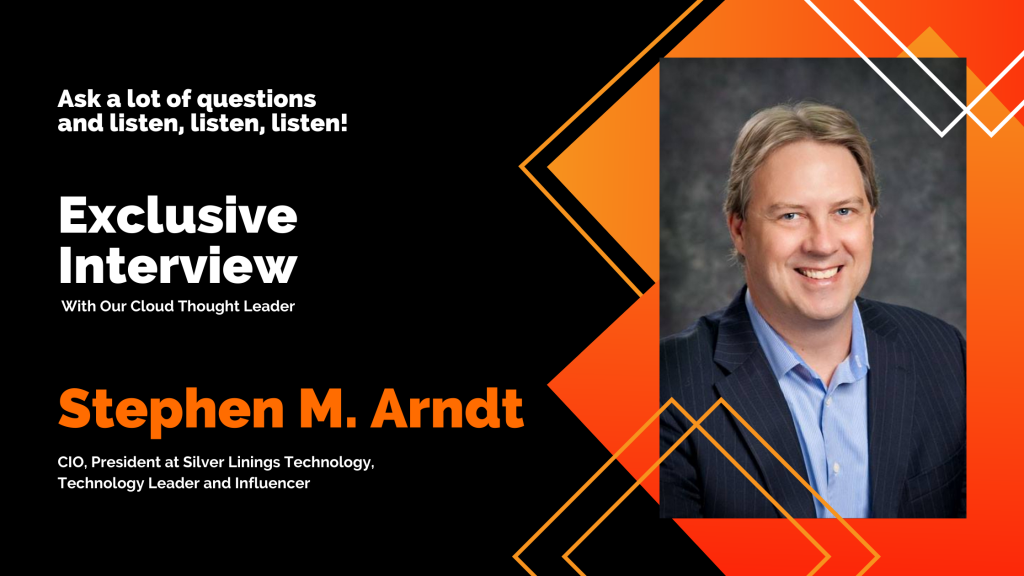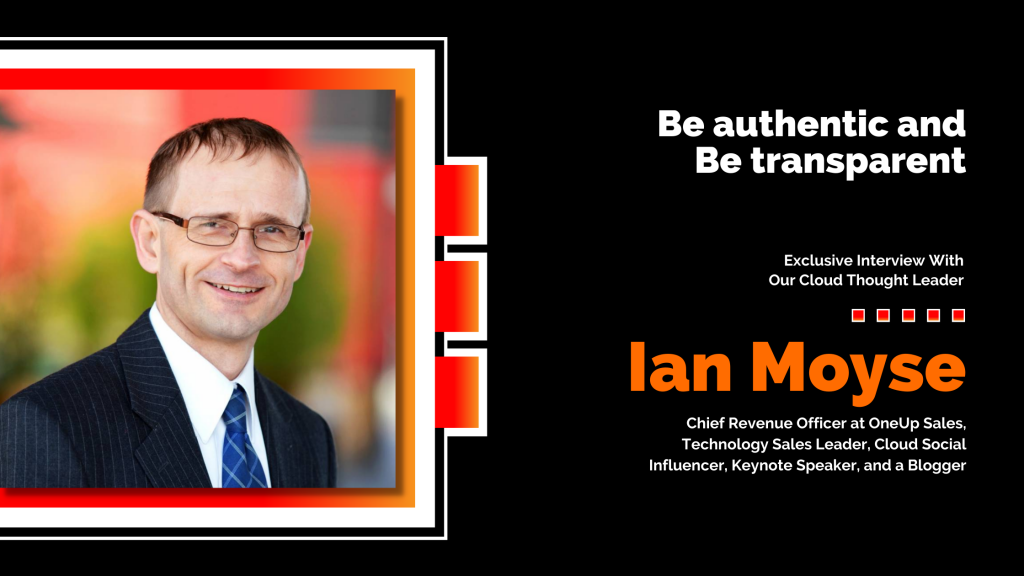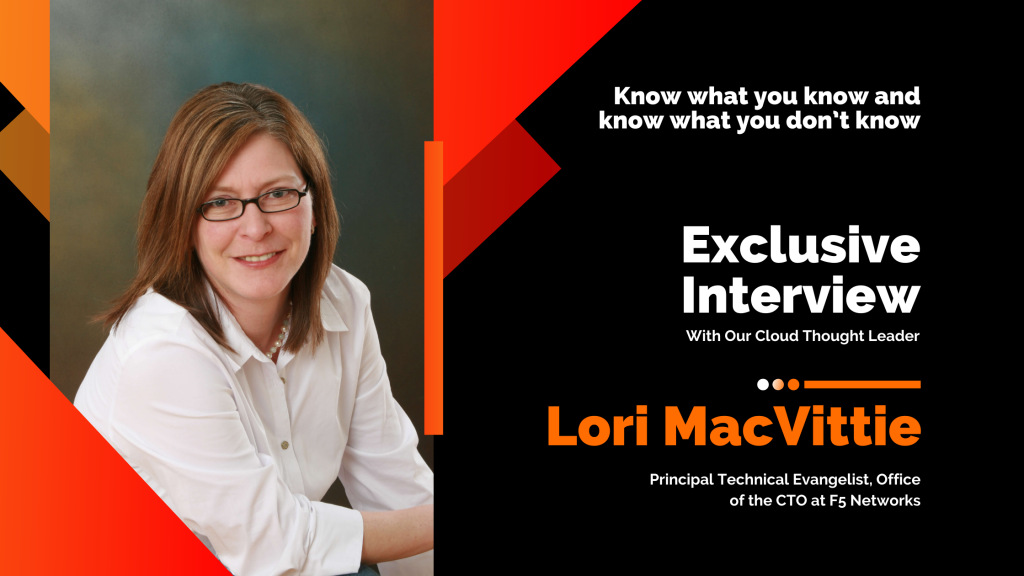Stephen M. Arndt is the CIO and the President at Silver Linings Technology. He is one among our 150+ Top Global Cloud Thought Leaders and Next Generation Leaders of 2021. By being a Technology Leader and Influencer in the industry for more than 40 years, Stephen provides practical ideas and results to leverage technology for organizations. His expertise in optimizing the process, improving the operations, cost reduction, and innovation are aligned with his mission to make life changing and positive impacts on people and society using technology.
Currently, Stephen concentrates on implementing Business VPN to prevent a company’s sensitive and private data from being exposed on the internet. “Business VPN are designed to give people working remotely a secure connection into the company network. It creates a ‘tunnel’ from wherever the worker accesses it, directly into the company’s database, usually via an internet connection,” said Stephen M. Arndt to Business.com.
Check out 20 scientific contributions of Stephen M. Arndt at ResearchGate
It’s time to get to know Stephen a little more today!
1. What was your first job?
My first job was as a server at Big Boy. That experience taught me to be kind to everyone, work hard, and tip well.
2. How will you describe your journey to become a successful professional in Cloud Computing?
As a young kid, I was always fascinated with technology and have been a lifelong tech geek. I entered the Navy with no education but worked onboard a ship in the data processing department because of my self-taught knowledge of programming. This helped me achieve my goal of getting an experience but also showed me why I needed to further my education. My first job was as a programmer and I quickly moved up the ranks, rising to the role of CIO.
In 2005 I started my first company which was called IT Powered. Although I made many mistakes, I learned a lot and was able to sell the company two years later. In 2011, I founded Smarndt.com (taken from my first initials and last name) which focused on CIO Consulting. My clients were primarily in the Post-Acute Healthcare industry such as Assisted Living and Skilled Nursing facilities. I helped my clients develop strategic plans for their IT.
As time went on, my clients more frequently asked if I could execute the recommended plans, so in 2017 I rebranded my consulting practice to Silver Linings Technology and shifted the business to provide fully managed IT services. Our motto is “every cloud deserves a silver lining” as we have fully embraced the strategy of cloud computing and encourage our clients to do so as well. Our business model was built with the idea that all my staff would consist of remote workers, so little changed for us when the pandemic began. We have field techs and occasionally make onsite visits to our clients, but our work is primarily accomplished through email, video, remote connections and phone calls. We have clients and employees across the nation.
3. When did you actually realize true love for Cloud Computing?
My love for Cloud Computing was around 2008 when I had to help a client get back to normal operations after they realized their premise backup solution had failed. They had been going through the motions, but never stuck with the discipline to verify it. With the right partnership in a cloud solution provider, this worry and headache disappears.
4. Walk us through your journey of first ever certification in the field of cloud computing? How did you make that decision?
I have always believed that a good consultant should be solutions agnostic, but I found that many take the safe route of continually promoting known solutions. This mindset drove me to investigate Google as an alternative to Microsoft for eMail and Office Productivity. Google Cloud education is excellent, and I became certified early on.
5. Globally recognized cloud thought leadership comes with lots of responsibility. What is your advice for your followers?
My advice is to do your research, engage trusted and proven partners and keep current, as technology is moving fast.
6. Everyone now knows that cloud computing is the future. What do you think?
I totally agree – cloud computing is the future. If you haven’t started a move to the cloud, you are behind. This business model, especially with regards to security and compliance, is the only one that can move fast enough to keep up with the threats in today’s world.
Cloud-first decision making is a logical approach to creating the most efficiently run enterprises out there. Your cloud strategy should always be looked at from both your IT and business goals. If operations are more efficient and flexible utilizing a cloud-based system, and it makes sense from both a technology and business sense, then it’s time to move forward. IT doesn’t always share the same views as business and vice versa. But when the two come together, it’s often the best solution for everyone involved.
Even though cloud-based applications are everywhere, it’s important to realize you have time to make the right decisions for your practice. Applications are always being created and updated to offer stronger, better solutions. When something works, spend the time searching out ways to make it better rather than merely replacing it so you can say you’re cloud-based. The flexibility of cloud-first can be appealing, but ensuring everyone on your team accepts your new strategies as they happen wins out every time.
7. Anyone who follows you would love to become you (or better than you) at some point, and many of them will be confused on how to start or where to start. Can you share some of the obstacles you have faced at the beginning and the ways you have overcome those?
There are choices you make or paths you go down that you know are turning points in your life. For me, I made the decision to walk away from a lucrative full-time long-term consulting engagement with a client whose CEO was making unethical choices and treating his internal employees increasingly disrespectfully. I did not have other work lined up to replace this income, but I knew this was the right thing to do. Because I now had immediate free time, I traveled to meet a friend in NYC for the week. As I took a beautiful stroll through Central Park I got a call from a prospect who had been referred to me by one of the people I had previously worked with. The new opportunity wanted to engage me full time and was ready for me to start as soon as I was. They have since become my longest-running client. This event cemented my belief that my integrity and reputation are the strongest and most lasting assets I control.
Stephen M. Arndt’s favorite quote is “STOP WISHING, START DOING – MEL ROBBINS“
8. A good leader is someone who never stops learning and is always willing to un-learn anything if needed. What are your valuable learnings and un-learnings during your journey to a thought leader?
I have two philosophies or theories that have been very impactful in my personal and professional life. The first is called the Five Second Rule and it originated from Mel Robbins and her theory that “If you have an instinct to act on a goal, you must physically move within 5 seconds or your brain will kill it. When you feel yourself hesitate before doing something that you know you should do, count 5-4-3-2-1-GO and move towards action.” In a nutshell, she says it is “Stop wishing, start doing.” This has been helpful for even the simplest things like my alarm clock blaring in the morning. I used to hit snooze about 10 times to my significant other’s chagrin but now I count down and get up. I am less groggy and have saved myself 30 minutes of time that I can focus elsewhere. It sounds amazingly simple but on a larger level it has also paid off in having a difficult conversation or making a hard choice in an emergency.
The other is from Malcolm Gladwell’s book Blink: The Power of Thinking Without Thinking. This book gave me a lot more confidence in trusting my instincts. Gladwell interviews many people and shows the reader that great decision-makers are not those who process the most information or spend the most time deliberating, but those who have perfected the art of “thin-slicing”-filtering the very few factors that matter from an overwhelming number of variables. Gladwell says, “The key to good decision making is not knowledge. It is understanding. We are swimming in the former. We are desperately lacking in the latter.” I highly recommend both books.
9. In your words, tell us the leadership skills that everyone should learn?
Ask a lot of questions and listen, listen, listen. No one can know everything, so a good leader listens to the experts around them and discerns how to create a framework from the information gleaned from others.
Also, cultivating leadership within your business gives you strength in ways you’ve never discovered before. People desire to do a job and do it well. Take the time to develop a strategy to showcase what they really can do.
- Start recognizing talent you have within
Employees have always been the backbone of a company. In turbulent times, it’s even more true. Instead of pigeonholing people into specific roles, take the time to dig in and find out what each is truly capable of. Do they want to grow? What are their goals? Do they have what it takes to shine as a leader? While you can do this regularly yourself, you might even hire third-party evaluators who can dig in and evaluate both the hard and soft skills of everyone on staff.
- Develop your purpose
Difficult times often allow you to see your business strategy through new eyes. Are there parts of your business you like better than others? Are some areas more profitable? Are you more passionate about certain aspects? Does it make sense to grow in certain areas? In order to change, you have to see the big picture. As you develop your new growth model, involve others on your team who can help you see the next 3 to 5 years, offering even more insight. Hone in on a purpose statement and get everyone on board. When coupled with your rising stars, you may quickly see a branch forming in your business you never anticipated before.
- What will it take to get there
Different strategies and goals take different resources for full implementation. Some departments may need separate accommodations to pull it all together. Create action steps that matter most, from purchasing new hardware or software to implementing learning modalities (in the field, individual coaching, or even group training.) This is your chance to bring everyone up to speed, And with virtual learning, you can find what you need from anywhere.
Remember that developing new leadership takes effort and discipline. It doesn’t happen overnight, even when you see changes happening all around you at warp speed. Don’t get caught up in that overwhelming feeling of having to move quickly. Instead, create a plan and stick to your course of action. Nurture growth from within, and you’ll build strength over time.
10. What is that one thing which motivates you to become better and better every day?
I love optimized processes and systems. Inefficiency and waste are pet peeves of mine. So, I am constantly looking around for how to make things better, and technology figures into almost everything now.
11. Other than personal learning, what are you currently learning in the technical field? Any new field of interest?
I am fascinated by virtual reality and 3-D. I think we have only touched the surface of the potential of these technologies. We are seeing some of this utilized with the online conferences. They are becoming more interactive, so it has more of a feeling like you are at a conference but without the travel.
12. If we dare to ask, how would you rate the following cloud providers – AWS, Microsoft Azure, Google Cloud, Alibaba cloud.
Hmmm, they all have advantages and disadvantages. Probably Google Cloud first as I think this supplies the most value for cost, AWS for familiarity, ubiquity and flexibility, Microsoft Azure integrates the best with Microsoft centric environments and lastly Alibaba Cloud, which is definitely an up-and-coming challenger, but there isn’t as many providers familiar with the environment.
Cloud computing is often something practices fall into instead of taking the time to learn more about it. They lump everything together that they know about cloud computing, and never take the time to demystify it and determine if they are using it correctly.
For starters, there are public, private, and hybrid clouds. There are large and small, managed and unmanaged clouds. And often, you’re using a little bit of everything to control the way your business operates.
Which cloud should you use? That all depends on what you’re doing. There isn’t one strategy that works in all cases. Instead, it’s a matter of getting to know what’s available and marrying it up to your needs.
Public clouds are cloud environments not owned by the end-user. If you’re using Amazon Web Services or Google Cloud, you’re utilizing the power of a public cloud. What makes a cloud public is when the environments are redistributed to multiple tenants. A fee structure may or may not be in place.
Private clouds are dedicated to a single end-user. In most cases, the environment will operate behind the end user’s firewall. Being private doesn’t mean that the end-user owns the infrastructure. Private clouds can be rented and controlled on vendor owned equipment.
Hybrid clouds are a combination of different technologies. They are created from multiple environments connected through APIs, local area networks, or virtual private networks. They may contain several public clouds, several private clouds, or a combination of the two.
Working in a multi cloud environment is often by chance. You start out small, add as you go, and quickly find yourself existing with several cloud-based options.
Over time, you might decide to refine how you control your data, look for ways to reduce redundant storage space, and improve things like data recovery. That allows you to create a multi cloud situation by choice, seeking out specific cloud-based applications for specific reasons. They can include things like improve security, offer better performance, or give you and your employees better access and better authority.
Thank you so much Stephen M. Arndt for your valuable time! Keep inspiring the new generation with your expertise. Whizlabs wishes you all the best for your future endavours.
- Top 20 Questions To Prepare For Certified Kubernetes Administrator Exam - August 16, 2024
- 10 AWS Services to Master for the AWS Developer Associate Exam - August 14, 2024
- Exam Tips for AWS Machine Learning Specialty Certification - August 7, 2024
- Best 15+ AWS Developer Associate hands-on labs in 2024 - July 24, 2024
- Containers vs Virtual Machines: Differences You Should Know - June 24, 2024
- Databricks Launched World’s Most Capable Large Language Model (LLM) - April 26, 2024
- What are the storage options available in Microsoft Azure? - March 14, 2024
- User’s Guide to Getting Started with Google Kubernetes Engine - March 1, 2024



